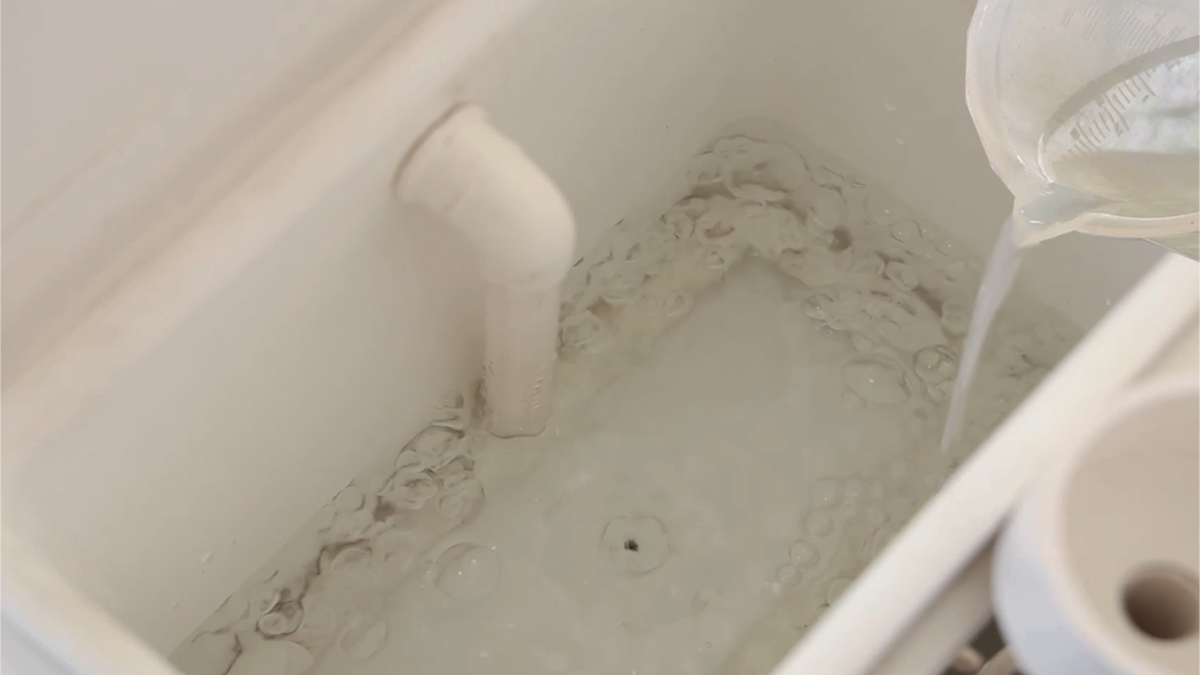

In the evaluation of the corrosion resistance of materials and products, salt spray chambers play a crucial role. By simulating a salt spray environment, they effectively test the anti-corrosion capabilities of materials and products under harsh conditions. The common salt spray testing methods are as follows

The neutral salt spray test is one of the most commonly used salt spray testing methods. In this test, a 5% sodium chloride solution is used, and the pH of the solution is adjusted to between 6.5 and 7.2 to simulate a mild salt spray environment.
During the test, the temperature is generally controlled at around 35°C, and the salt spray deposition rate is typically required to be 1-2 ml/80 cm²·h. This testing method is mainly used to assess the corrosion resistance of metals and their alloys, metal coatings, and anodized films.
For example, with common galvanized steel sheets, the neutral salt spray test can reveal the appearance of white rust and red rust on the galvanized surface after a certain period, helping to determine the corrosion resistance duration and degree.

The acetic acid salt spray test is based on a 5% sodium chloride solution, with the addition of a suitable amount of glacial acetic acid to lower the pH to around 3.1-3.3, creating a more acidic salt spray environment. The test temperature remains the same at 35°C, and the salt spray deposition rate is consistent.
Due to the more aggressive nature of the acidic environment, this testing method better simulates the corrosion resistance of materials under acidic conditions, such as acid rain. It is commonly used for testing the corrosion resistance of automotive parts and outdoor metal structures that may be exposed to acidic environments. For instance, aluminum alloy wheels can clearly show the protective effect of their coatings under acidic conditions during the acetic acid salt spray test.

The copper accelerated acetic acid salt spray test is a more stringent salt spray testing method. In this method, 0.26 g/L ± 0.02 g/L of copper chloride is added to the acetic acid salt spray solution, maintaining a pH of around 3.1-3.3.
The test temperature is increased to 50°C, while the salt spray deposition rate remains at 1-2 ml/80 cm²·h. This high-temperature, highly acidic environment containing copper ions significantly accelerates the corrosion process, allowing for a rapid assessment of the corrosion resistance of materials and products.
This test is typically used for materials with high corrosion resistance requirements, such as stainless steel. For example, stainless steel cutlery can quickly demonstrate its corrosion resistance under strong corrosive conditions in the copper accelerated acetic acid salt spray test, providing a robust evaluation basis for tested products.

These three salt spray testing methods are suitable for different materials and products, as well as varying environmental simulation needs. By carefully selecting and applying these testing methods, accurate assessments of corrosion resistance can be achieved, offering vital technical support for improving material quality and extending service life.
 English
English русский
русский français
français العربية
العربية Deutsch
Deutsch Español
Español


